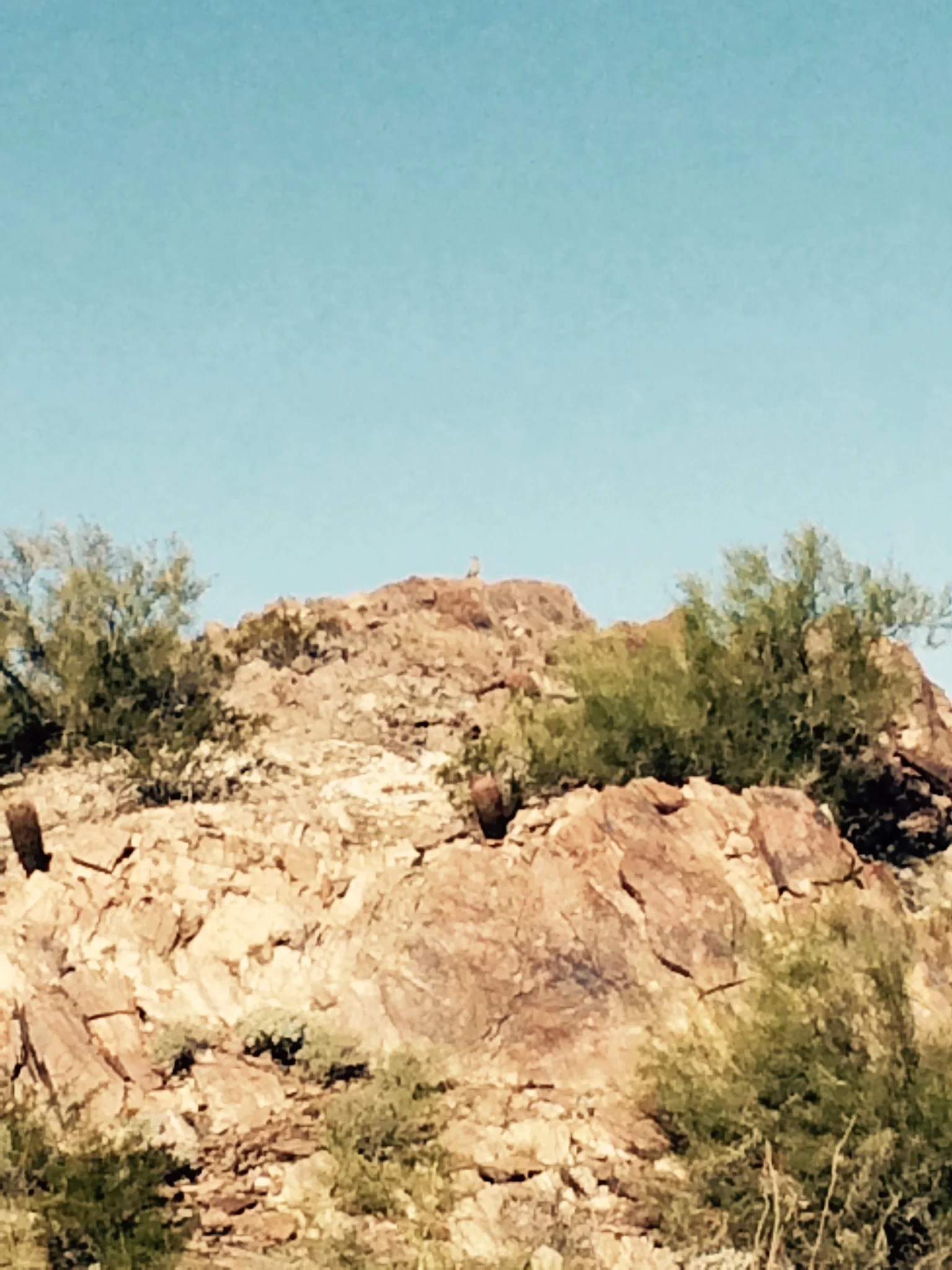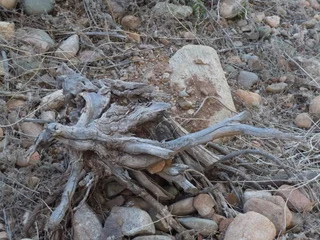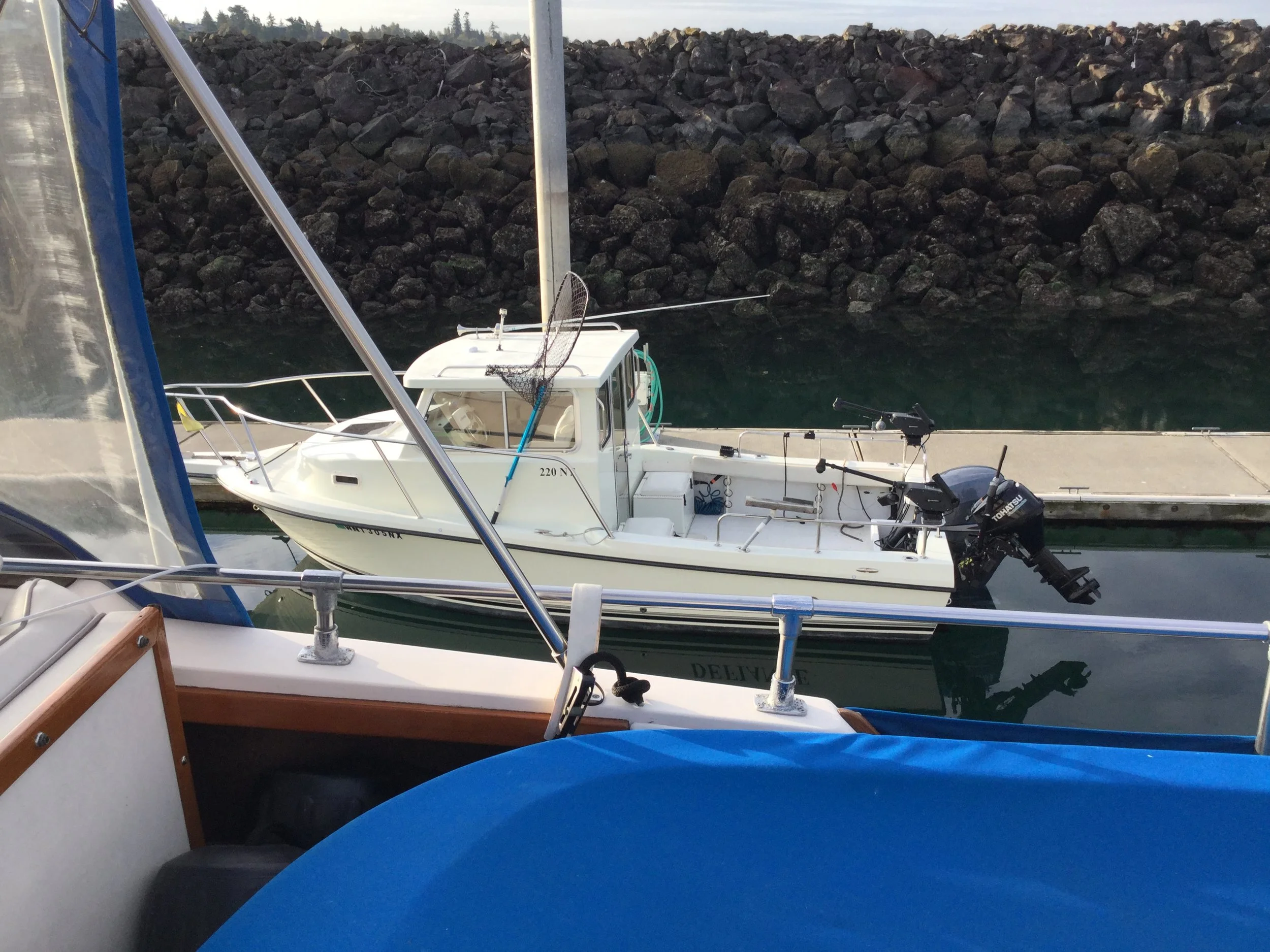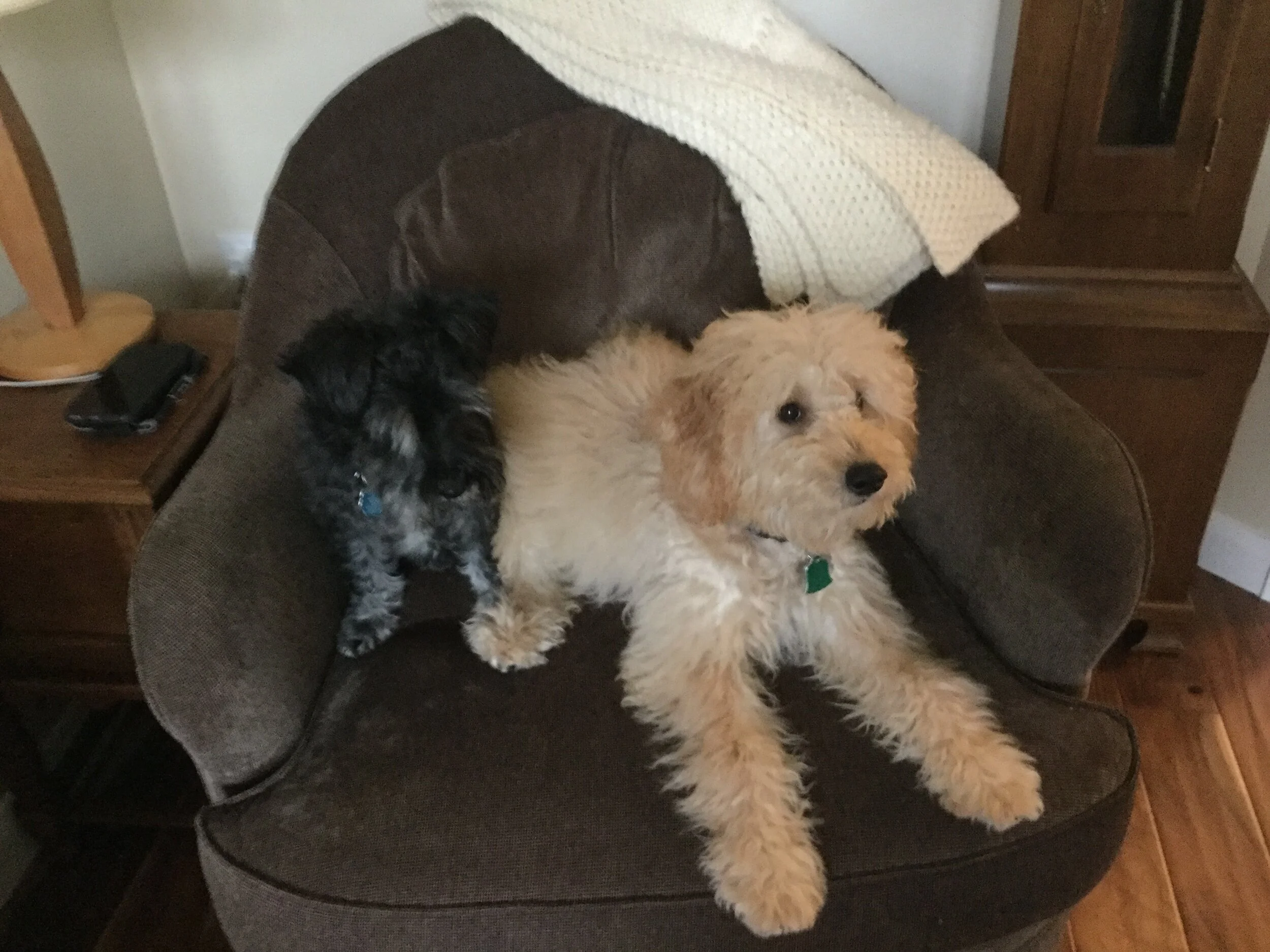QUIVIRA - Part One
QUIVIRA (Part One of a Three-or-Four-part-er)
In the book, “A Voyage Long and Strange” by Tony Horwitz, I read about men who explored our country long before any 17th century English stubbed their toes on Plymouth Rock. I am captured by a story of Francisco Vazquez de Coronado who lusted after an “enchanted land” described to him by a captive Indian slave called, El Turco. The home El Turco described was a city where “the lord of the realm napped beneath a tree hung with golden bells.” QUIVIRA, he called it. Is it any surprise that, forced to Mexico from what we now call Kansas, this Indian man wanted to go home? Quivira—a land the Spanish soldiers who captured El Turco described as flat, and filled with animals that “seemed to be cows” but with beady eyes, beards, and snarled, wooly hides.
So, in 1540, while Titian painted in Italy, while Venice made peace with Ottomans, while Catholics and Protestants fought for God’s truth, and about when Spanish theologian and physician, Michael Servetus, discovered pulmonary circulation of blood but was burned at the stake in Geneva under the governance of another great theologian, John Calvin (a different story another time) and around the time Englishman Thomas Cromwell lost his head over the charges of treason—about then, rumors of gold in Quivira consumed the thoughts of men with conquest on their minds.
Starting from Mexico, staking his fortune and that of many others, twenty-eight-year old Francisco Vazquez de Coronado gathered a Spanish force and led the first and only overland invasion of the U.S. intending to plant the Christian religion and harvest riches from Quivira. Summer. 1540. Coronado’s wife of four years, now-sixteen-years-old, waited in Mexico City.
Picture it—Under the hot Sonoran sun, a few Spanish knights weighed down by traditional chain mail, swords, crossbows, and the cumbersome but state-of-art arquebuses, mounted horses as gentleman leaders overseeing an utterly undisciplined and ill-equipped hodgepodge of Europeans protected by quilted-cotton armor-vests, wielding clubs, knives, and bows; combatants on horseback outnumbered nearly four to one by the thousand-plus armed Mexican Indians who cooperated with Spanish rule, a few black slaves, a collect of soldiers’ wives, five Spanish friars, a few artists and secretaries, 550 horses, and oh yes, livestock.
Picture it—two thousand people, give or take, and an equal number of lowing, pooping, peeing, bleating, and masticating livestock, pushing across a desert like Israelites leaving Egypt. A moving mass headed north out of Mexico.
Picture it—the cloud of dust kicked up by the thousands of feet and hooves, shod, stirruped, cloven or not, on the move once Francisco Vasquez de Coronado gave the signal. An area required to amass the group was, at the least, equal to an American football field, goal post to goal post. A marauding band of misfits led by men marching to dream music.
In this, the first of three blog posts, I have you on the way with them to Quivira—to conquest and acquisition. But first, in August, 1540, we must cross Cochise County, Arizona, a desert area larger than a few of the next century’s east coast colonies combined. We make pitiful, shameful, stops in New Mexico’s Pueblo lands and on to the terrifying Grasslands of America’s unspoiled plains where even after thousands of feet trod over it, the strong grass pops back up, denying the traveler any sense of where he/they have been; with no tree or shrub or hillock ahead as a means of sighting where to go. It was terrifying. When it comes to settling America, and reasons for it, we first travel with Catholic Spaniards not the Protestant English. We travel in summer heat and winter’s winnowing; with an accumulation of sorrow, and, finally, damning, daunting truth . . .
Coming: Quivira, part 2: The Reason this moment in history captures my attention.
1




